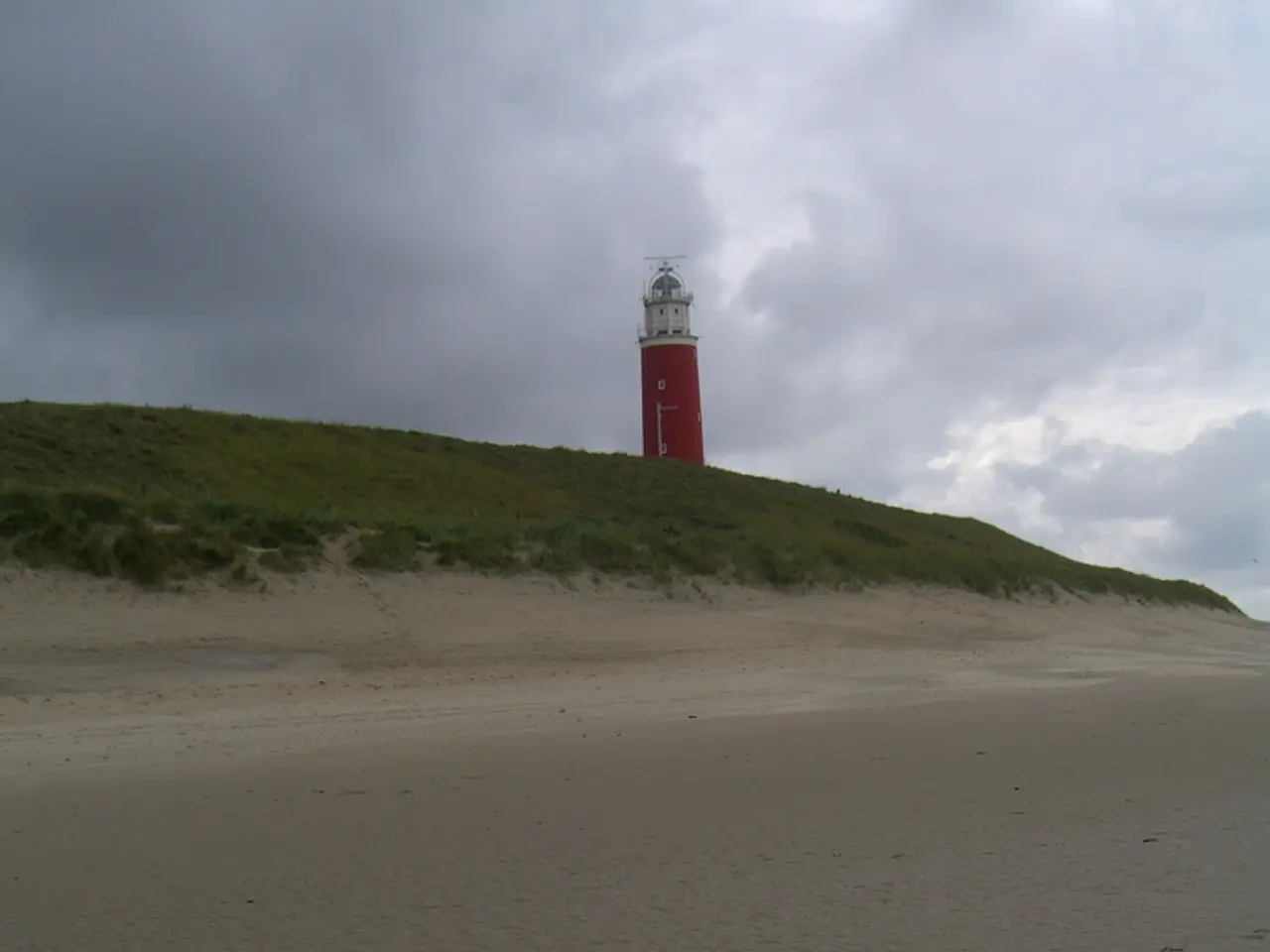Time's Grain: An Exploration
In a world where over 50 billion tons of sand are moved every year, the issue of illegal sand mining has become a significant concern, with sand mafias operating in dozens of countries, employing tactics as extreme as murder to preserve their power. This rampant mining has far-reaching consequences, impacting everything from wildlife and local water tables to flood control and the livelihoods of communities near water bodies.
Sand mining has been linked to environmental disasters such as the worsening flooding in Kerala, India, and Houston, Texas, exacerbating damage during natural disasters like Hurricane Harvey. In marine environments, unregulated ocean sand mining physically alters coastal ecosystems and harms marine animals like dolphins, fish, and shellfish, disrupting the broader ecological balance.
The destruction of mangroves and sea grasses in Cambodia due to sand mining has affected the survival of rare species like the hairy-nosed otter, green turtles, and Irrawaddy dolphins. In freshwater environments, sand mining in the Mekong River in Vietnam has lowered the river level by three feet, leading to salt-water intrusion, coastal erosion, and pressure on fish stocks.
The removal of sand disturbs vegetation and topsoil, exacerbating soil erosion and deforestation, and leads to decreased water quality and instability in river systems. This is further compounded by widespread illegal mining activities with weak monitoring and enforcement in many regions, leading to over-extraction and ecological degradation without adequate remediation.
The high global demand for sand in construction and manufacturing, alongside minimal recycling, drives the unsustainable extraction practices worldwide. Even in marine environments, sand mining for rare earth minerals, vital for electronics and renewable energy, poses environmental risks such as coastal erosion, groundwater salinization, and chemical contamination, which threaten both ecosystems and local livelihoods.
In some regions, sand mining has destroyed fishing industries and disrupted local groundwater balance. For instance, sand mining in Thane Creek, India, has led to a decline in fish populations, affecting the local economy. The scariest notion is that many concrete structures are crumbling, and there will be a possible crisis point in 20 to 30 years due to the need to replace old buildings.
However, there is hope on the horizon. The Netherlands currently recycles about 90% of its construction debris, a goal worthy of emulation. The team behind Finite has devised a method to use desert sand for construction, creating a biodegradable and reusable concrete alternative. Recycled plastics could potentially replace concrete and be more durable than current materials.
As the demand for sand continues to grow, it is crucial to address this global crisis by implementing stronger regulation, international cooperation, sustainable practices, public education, and integration of sand recycling in circular economies to mitigate these adverse impacts. The future of our environment and communities depends on it.
References:
- World Wildlife Fund
- United Nations Environment Programme
- The Guardian
- National Geographic
- International Union for Conservation of Nature
- Art journals increasingly feature pieces about the environmental impact of illegal sand mining, highlighting its role in global change.
- Amidst the latest issues of popular magazines, there are provocative articles discussing sand mining's influence on culture and lifestyle.
- The science community warns that climate change and climate-change related disasters are exacerbated by sand mining, making it a crucial concern for environmental-science enthusiasts.
- As the finance sector evolves, some investors are turning their attention to sustainable business practices, including responsible sand mining and the development of environmentally-friendly technologies.
- In the realm of real estate, concerned buyers are seeking properties away from areas prone to sand mining to protect their homes and gardens from potential damage.
- Technology companies are exploring the use of recycled materials such as plastics and sand in manufacturing, hoping to make a positive impact on the environment and reduce the need for new sand extraction.
- The travel industry is beginning to address sand mining's environmental consequences, with eco-tourism operators offering holidays that educate visitors about sand mining's impact on local wildlife and ecosystems.
- Sports organizations are also playing their part in raising awareness about sand mining, advocating for sustainable practices in sports facilities' construction and maintenance.
- Weather forecasters are monitoring the effects of sand mining on local weather patterns, as changes in river systems and coastal ecosystems can impact precipitation and wind patterns.
- In the fashion-and-beauty industry, designers and cosmetic brands are researching alternatives to traditional materials that could reduce the demand for sand mining while minimizing the environmental impact of their products.




